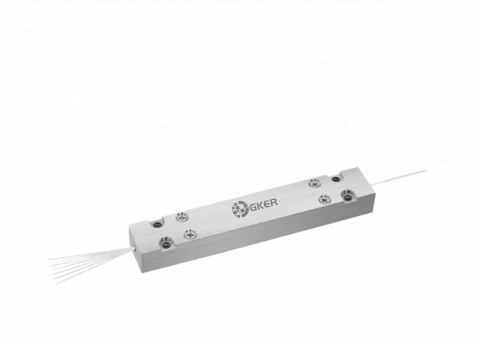Description
The (6+1)×1 PM Pump & Signal Combiner by Fiber Resources represents an advanced solution for integrating and managing high-power pump and signal channels within optical fiber systems. This specialized component is engineered with precision to ensure exceptional performance across a wide range of wavelengths, making it ideal for applications demanding high coupling and signal transfer efficiency.
Crafted using proprietary techniques and robust materials, the combiner is designed to handle the rigors of modern optical networks, offering reliability and longevity in various operational environments. Its versatile configuration options allow seamless integration into existing fiber laser systems, amplifiers, and telecommunications infrastructure, providing flexibility to meet specific application needs.
(6+1)×1 PM Pump and Signal Combiner (PMMPC Series)
Specifications
| Splitting Ratio: | Other |
|---|---|
| Central Wavelength: | 1060 nm |
| Power Handling: | > 100W |
| Return Loss: | 50 dB |
| Product Type: | PM (6+1)×1 |
| Pump Wavelength Range: | 900 - 1000 nm |
| Signal Wavelength Range: | 1060, 1550 nm |
| Fiber Type For Input (Pump Channel): | Nufern 105/125 (0.15 NA, or 0.22 NA) |
| Fiber Type For Input (Signal Channel): | PM 980, PM 1550, PM-6/125 DC, or PM-8/125 DC |
| Fiber Type For Output: | PM-10/125 DC, or PM-20/125 DC |
| Signal Channel Insertion Loss: | <0.8 dB |
| Min. Pump Efficiency: | 94 (Typ.95) % |
| Max. Input Pump Power: | 6 × 50 or 6 × 100 W |
Features
- High Coupling Efficiency: Ensures minimal loss and maximum power transfer between pump and signal channels
- High Signal Transfer Efficiency: Maintains signal integrity with low insertion loss, ideal for demanding optical applications
- Wide Wavelength Range: Supports wavelengths ranging from 900 nm to 1000 nm for pump channels and 1060 nm to 1550 nm for signal channels
- Proprietary Pull and Package Technique: Utilizes advanced packaging methods to ensure durability and performance under varying environmental conditions
- Custom Configurations Available: Tailored solutions to accommodate specific fiber types, lengths, and operational parameters
- PM Fiber Laser Support: Designed to enhance the efficiency and performance of PM fiber laser systems
- PM Fiber Amplifier Compatibility: Compatible with PM fiber amplifiers for high-power optical amplification
- Feedthrough for Pump Combiner with PM Signal: Enables seamless integration into optical systems requiring both pump combining and signal transmission through PM fibers
Applications
- PM Fiber Lasers: Used in industrial and scientific applications requiring precise and high-power laser sources
- PM Fiber Amplifiers: Essential for optical amplification in telecommunications, aerospace, and defense industries
- Telecommunications: Facilitates efficient data transmission and signal amplification in fiber optic networks
- Optical Fiber Networks: Supports infrastructure for broadband services, CATV, and high-speed data transmission
- Research and Development: Enables advancements in optical technology research, including nonlinear optics and spectroscopy
Frequently Asked Questions
What is a (6+1)×1 PM Pump & Signal Combiner?
What are the insertion loss specifications of the signal channel?
How can I order a customized (6+1)×1 PM Pump & Signal Combiner?
What is the maximum input pump power that the combiner can handle?
What is the warranty period for the (6+1)×1 PM Pump & Signal Combiner?
Is the (6+1)×1 PM Pump & Signal Combiner suitable for aerospace applications?
Can the (6+1)×1 PM Pump & Signal Combiner be used in harsh environments?
Similar Products
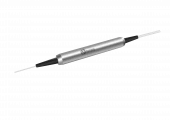
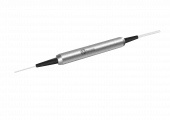
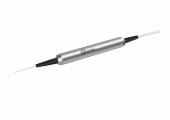

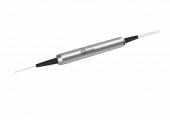
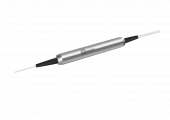
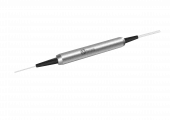
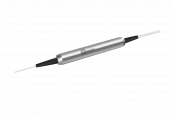
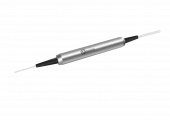



Your inquiry has been received.
Create an account by adding a password
Why create an account?
- Auto-complete inquiry forms
- View and manage all your past messages
- Save products to your favorites
- Close your account anytime — no hassle
